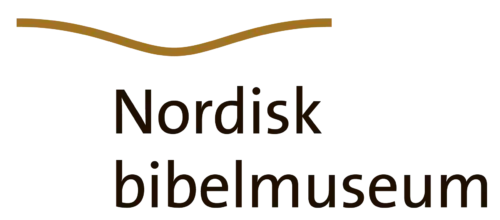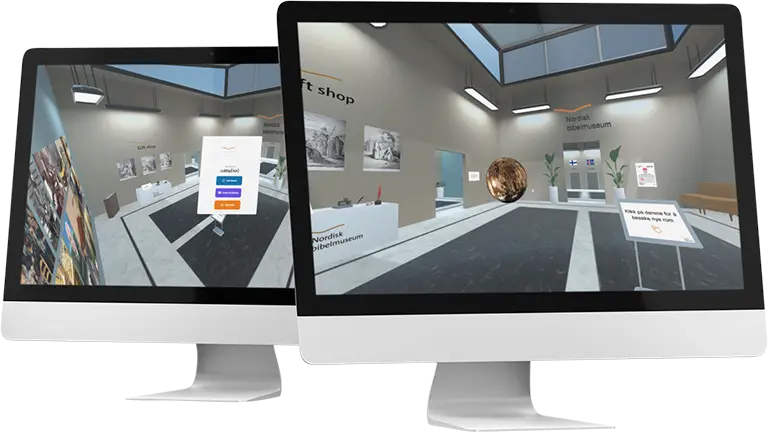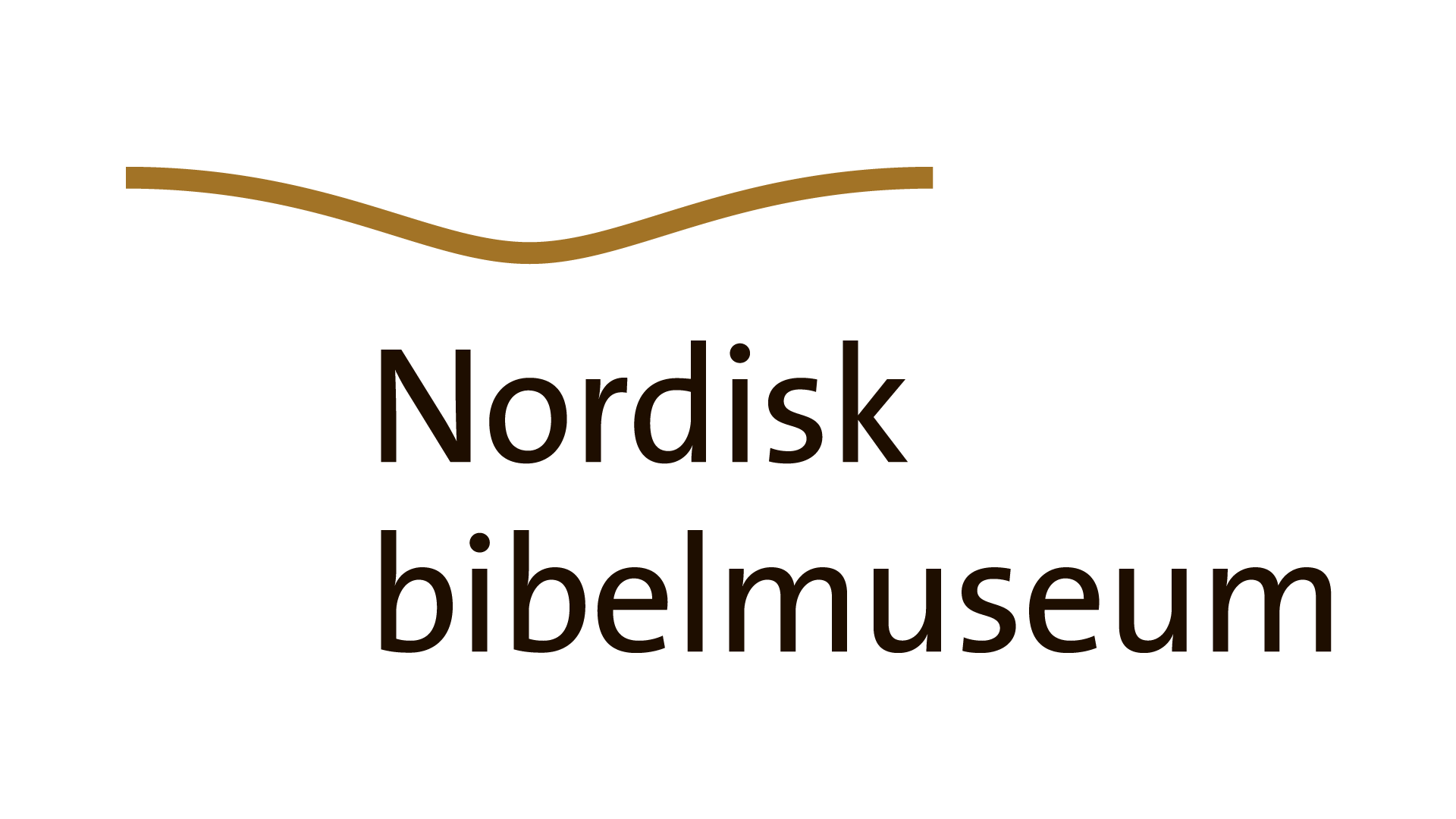Cylinder Seals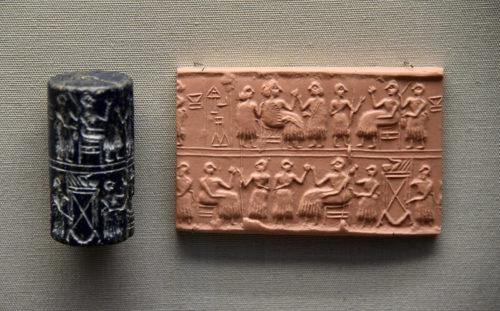
The seal on the picture to the right is a typical cylinder seal. Such seals were often 2–4 cm tall and could be made of stone, ivory, glass, amethyst or a hard type of wood. The cylinder was engraved by figures or glyphs which were mirror inverted such that the imprint would be “correct”.
Handicraft
A cylinder seal is certainly a lovely piece of handicraft and something that acquires great skill. Not only did it have to be made mirror inverted, but the figures had to be made small in a hard material where the imprint would reveal the slightest error. The engraving often depicted scenes from everyday life, religious ceremonies, people and animals in mythological context, solely text or a mixture of pictures and text.
How Was the Seal Used?
The way to use the seal was by rolling it in moist clay so it made an imprint (see the pictures). In addition to the use as an ID [1], it was also used to seal doors or containers. An example of this usage is found in Daniel chapter 6, where the Persian King sealed the entrance to the lions’ den where Daniel was. “A stone was brought and placed over the mouth of the den, and the king sealed it with his own signet ring and with the rings of his nobles, so that Daniel’s situation might not be changed.” (Daniel 6:17)
And Herodotus tells of the use of seals to seal a treasure chamber. “And the king happening to open the chamber, he marvelled when he saw the vessels falling short of the full amount, and he did not know on whom he should lay the blame, since the seals were unbroken and the chamber had been close shut.” [2]
The significance of Seals in Biblical Archaeology
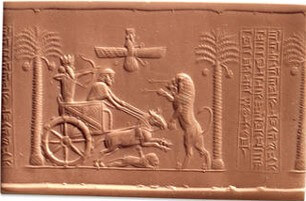
There have been cylindrical seals found which describes persons who are also mentioned in the Bible. One example is the Persian King Dareios I. The cylinder seal imprint to the right describes Dareios I in a standing position killing a lion. The text on the seal says: “I am Dareios, the Great King.” Dareios I is mentioned several times in the Bible in connection with when the Israelites were to rebuild Jerusalem after their exile in Babylon. Ezra 4: 24 says: “Thus the work on the house of God in Jerusalem came to a standstill until the second year of the reign of Darius king of Persia.”
The cylindrical seal had often a hollow inside drilled out along the length of the seal, such that it could be worn around the neck on a cord. It is likely that it is a cylinder seal that is mentioned in Genesis 38: 18: “He [Juda] said, “What pledge should I give you?” “Your seal and its cord, and the staff in your hand,” she [Tamar] answered.”
The next and third part in this series of articles will address stamp seals and seals used as metaphors in the Bible.
[1] See Part 1 on the use of seals
[2] The History of Herodotus, Vol. I, Book II, 121 in “The Project Gutenberg eBook of The History of Herodotus” found at https://www.gutenberg.org/files/2707/2707-h/2707-h.htm
Sources
1.https://www.britannica.com/art/cylinder-seal
2.https://www.internationalstandardbible.com/S/seal.html
3.https://www.historyonthenet.com/mesopotamian-cylinder-seals
4.https://www.biblicalarchaeology.org/daily/biblical-artifacts/artifacts-and-the-bible/israelite-clay-bullae/
5.Handbook to Life in Ancient Mesopotamia (2003) Bertman Stephen. Facts on file. USA
Sources photos
1.https://www.ancient.eu/image/8104/cylinder-seal-of-queen-puabi/
2.http://www.cais-soas.com/CAIS/Images2/Achaemenid/Artefacts/Seals/Darius_the_GReat_Seal_BM.jpg
